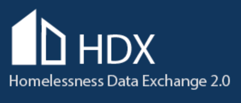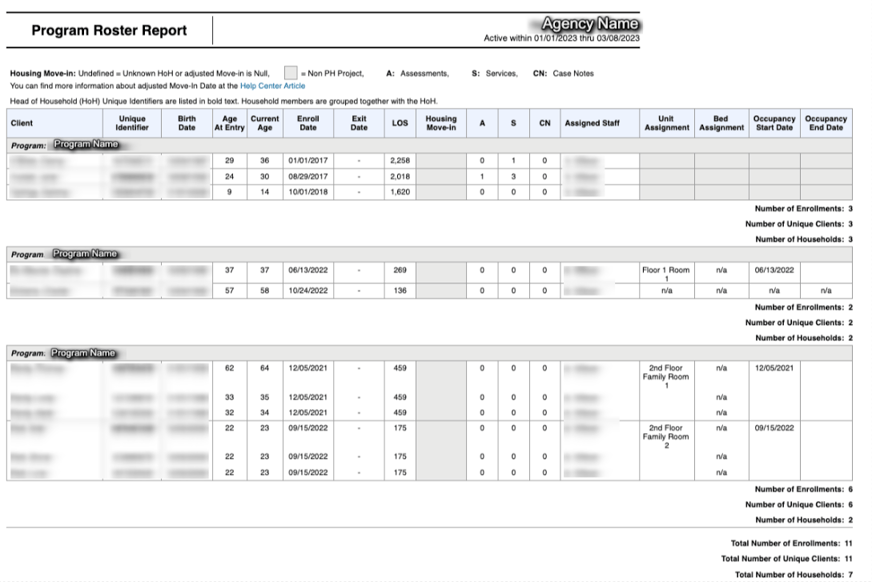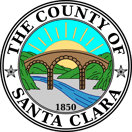

Are you spending too much time manually correcting data errors? Join this essential workshop focused on helping you maintain clean, reliable data in Clarity!
This session will teach staff how to efficiently monitor data quality and implement practical steps to fix data errors as they appear in Clarity. We'll show you how to leverage the system's tools to ensure your reporting is accurate.
All Clarity users are welcome, but this training is a must for those actively involved in data integrity. This includes:
Stop guessing and start analyzing! Are you unsure which reports are available for tracking and analyzing data quality in Clarity? We'll provide a detailed, hands-on review of the available data monitoring reports so you know exactly where to look and what to do next.

We are excited to announce that the 2026 HUD HMIS Data Standards updates are now live and available in your instance! You’ll find updated intake forms here.
For more information, checkout our 2026 Data Standards central hub, the October 2025 Feature Updates article, and this local one-pager. Please contact us at sccsupport@bitfocus.com if you have any questions – or if something in your system doesn’t seem correct.
We appreciate your ongoing partnership and patience during this time!

The upcoming federal reporting season is approaching! Preparation for two of HUD’s major CoC reports will start soon: the Longitudinal Systems Analysis (LSA) and System Performance Measures (SPM).
HUD’s Longitudinal Systems Analysis (LSA) is a report submitted to HUD annually that includes a complex analysis across key projects participating in the Continuum of Care (CoC) Homelessness Management Information System (HMIS). The LSA replaced the Annual Homeless Assessment Report’s (AHAR) data component in the 2018 reporting year.
HUD’s System Performance Measures (SPM) focus on evaluating local homeless responses as a coordinated system of homeless assistance options. This data is reported to HUD annually and includes key indicators of a high performing system including length of time homeless, exits to permanent housing, returns to homelessness, and more.
The Bitfocus team may reach out to verify or correct data about your program and/or clients. Please look out for those emails and respond promptly. We truly appreciate all of the hard work your community does to maintain data that is complete, accurate, and timely!
You can review the data by doing the following:
1. Run the [HUDX-225] HMIS Data Quality Report for the period 10/1/24 to 9/30/25 (you'll find this report in the Clarity Human Services Report Library under HUD Reports). Correct records with errors, paying special attention to any element that shows over a 5% error rate (remember, clicking on a number will give you a list of clients being counted in that number). Want more information on what gets counted in this report? Check out our Help Center article: [HUDX-225] HMIS Data Quality Report
2. Run the [GNRL-106] Program Roster for the period 10/1/24 to 9/30/25 (this report is under Program Based Reports) and make sure household groups are correct (households are separated by bold lines. Clients not separated by lines are grouped together in a household). If clients are grouped together incorrectly, contact the Helpdesk to get them corrected. Some measures only count heads of household, so it's important that households be configured correctly! Check out our Help Center article: [GNRL-106] Program Roster
3. Run the [GNRL-220] Program Details Report for the period 10/1/24 to 9/30/25 (this report is under Program Based Reports) and review the following:
Thanks in advance for your partnership in making sure that our community’s data is as accurate as possible.
The best people to review the data are program managers and key staff who work in the programs. There is overlap with the LSA and SPM timeline and relevant data. Your work on this will benefit both reports, and more broadly, your CoC.
Time-Sensitive: Data Quality (DQ) Requirements Communication is Underway
Please note that email communication regarding the LSA Data Quality (DQ) requirements is now being sent out. It is critical that you review these emails and take note of the deadlines provided to ensure timely compliance.
This report helps you identify if you've completed a VI-SPDAT Assessment for a client but forgot to refer it to the Community Housing Queue (CHQ). Running this report is crucial to ensure you're not inadvertently hindering your clients' housing opportunities.
The [GNRL-106] Program Roster is a program-based report that gives you a list of clients, their program enrollment status, and any housing details for the programs you choose. This report can help you identify the number of clients and/or households enrolled during a specific period, whether they’ve had multiple enrollments in your program, and allows you to quickly review client information. If you run this report for a housing program, it will also provide details on who has a bed or unit assignment in your program.
The following parameters are available to obtain targeted details in the [GNRL-106] Program Roster Report:
Note: Selecting PDF - Program will exclude all Inventory (Unit/Bed) information. All other Report Output Formats include Inventory information columns.

This report is designed to provide an overview of program stay information for all active, enrolled, or exited clients.
This report provides information for the following data elements:
The table is sorted by Length of Stay and grouped by Enrollment Household, and separated by Program.
Head of Household (HoH) Unique Identifiers are listed in bold text and Household members are grouped together with the HoH.

These meetings discuss the Agency Administrator reports and data collection requirements in HMIS. Additionally, updates regarding changes and/or upcoming changes to HMIS are explored in an effort to ascertain impacts on programs and/or end users. Furthermore breakout sessions allow for exploration of the understanding of ongoing data updates, and/or challenges being experienced by end users.
We know that lots of issues and questions can arise when using Clarity (HMIS) and Looker. Office Hours are a great opportunity to get your questions answered, see demos of anything you can't figure out or can't remember how to do, find out how to fix things that might have gotten messed up, and participate in discussions with other users around solutions to common challenges.
We know that lots of issues and questions can arise when using Clarity (HMIS). Office Hours are a great opportunity to get your questions answered, see demos of anything you can't figure out or can't remember how to do, find out how to fix things that might have gotten messed up, and participate in discussions with other users around solutions to common challenges.



A Homeless Management Information System (HMIS) is an online database that enables organizations to collect data on the services they provide to people experiencing homelessness and people who are at risk for homelessness.
© 2003-2025 Bitfocus, Inc. All rights reserved.
System Administration provided by Bitfocus, Inc. 